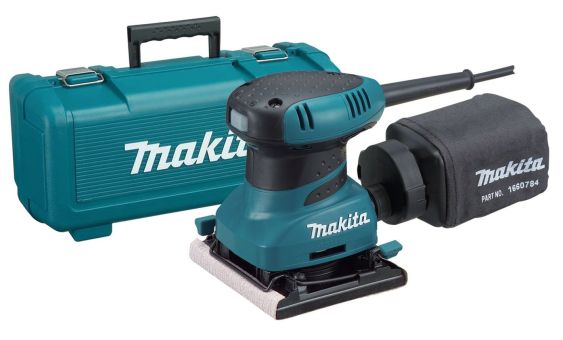Wood is generally divided into softwoods and hardwoods. The names are a little bit unfortunate, if wood is hardwood or softwood has nothing to do with how hard or soft the wood is. Some hardwoods, like aspen, are softer than many softwoods. Neither are all evergreens hardwood. And broad-leaved deciduous (leaf-shedding) trees are not always softwood. Instead it is how a tree reproduces that determines if it is hardwood or softwood. Softwoods are gymnosperms while hardwood comes from angiosperm trees.
About 80% of the timber produced is softwood. As rule of thumb, cheap timber is softwood but that does not mean that all softwoods are cheap. The cell structure of softwoods is much simpler than that of hardwoods. Hardwoods have vessels.
Two terms that are often misunderstood are grain and texture. They are two distinct features. Grain describes the direction and regularity of the wood fibers relative to the tree trunk. A wood’s texture depends on the size and distribution of its cells.
Both hardwoods and softwoods are graded. The grading ensures that you get what you pay for. Note that the grading is different for hardwoods and softwoods. Hardwood grades are mainly based on appearance, high grades means smaller defects. The top grade is FAS, First and Seconds. In most cases, the higher grades of lumber are generally cut from the outer parts of the log, near the bark. The closer to the middle of the log, the poorer the grade becomes.
Unlike hardwoods, softwood lumber is graded differently depending on the species. This means that it takes much more time to understand the softwood grades. The most common grades are Select, Finish and Common. Select and Finish softwoods are not allowed to have any defects.
Generally defects make the wood worse. But in a few cases, defects may actually give the piece of wood character, making it more attractive. Lumber defects may be natural or manmade. Some defects are easy to deal with while others force you to discard the whole piece of wood.
Blue stains are a common defect. The discoloration is caused by molds that flourish when the wood is stored in poor conditions. The blue stains are easy to conceal by using a dark stain.
Generally, hardwood is the best wood for most projects. But the cheaper and ready available softwood is often good enough. Plywood does not have a glamorous reputation as the solid wood types. But for some tasks, plywood is a very good solution. First, it is available in a wide range of sizes and thicknesses. And it is easy to work with. Like hardwood and softwood, plywood is graded. Since plywood can be softwood or hardwood plywood, you have several different grades.






